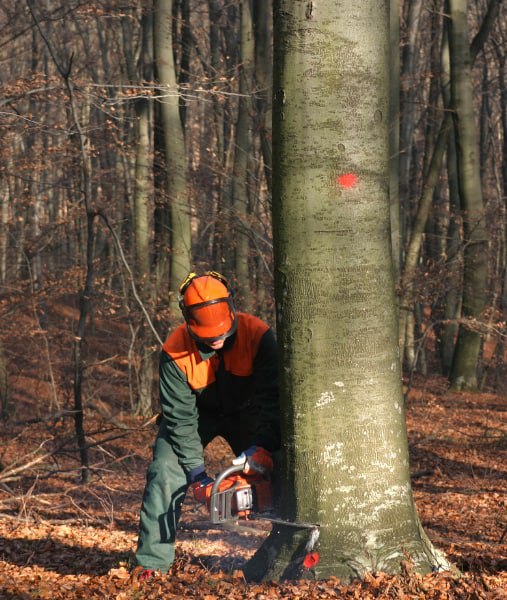
Introduction: Allergies are an increasing concern for many people, especially during the spring and summer months when pollen levels peak. At PW Tree Surgeons, we understand how vital it is to manage environmental factors that contribute to allergy symptoms. One often overlooked but effective strategy is managing the hedges in your garden. In this blog post, we will explore how hedge cutting can help reduce pollen spread and provide practical tips to manage your hedges for allergy management.
- Understanding the Impact of Hedges on Allergies
How Hedges Affect Pollen Spread: Hedges are often a significant source of pollen, especially when they are not properly maintained. Trees and shrubs in hedges can release pollen into the air, which can trigger allergic reactions in sensitive individuals. The size, type, and condition of your hedges can all influence the amount of pollen they produce and disperse.
Key Factors Contributing to Pollen Spread
- Type of Plants: Certain types of hedging plants, such as birch, oak, and pine, are known for producing large amounts of pollen.
- Hedge Size and Density: Overgrown or densely packed hedges can harbour more pollen and release it over a larger area.
- Maintenance Practices: Poorly maintained hedges can become breeding grounds for allergens and other irritants.
- Effective Hedge Cutting Techniques for Allergy Management
Choosing the Right Time for Cutting
- Early Spring: Cutting hedges before the pollen season begins can help reduce the amount of pollen released into the air. This allows your hedges to be in better shape and less likely to contribute to pollen spread during peak allergy season.
- Regular Maintenance: Regular trimming throughout the year can prevent hedges from becoming overgrown and producing excessive pollen. Aim to trim hedges at least once or twice a year, depending on their growth rate.
Practical Cutting Techniques
- Keep Hedges Neat and Tidy: Regularly trim hedges to maintain a manageable size and shape. This reduces the density of the hedge and limits the surface area from which pollen can be released.
- Avoid Cutting During Peak Pollen Times: When cutting hedges, try to avoid doing so during peak pollen times, such as early mornings or windy days, when pollen levels are typically higher.
Types of Hedges to Consider
- Low Pollen-Producing Plants: Opt for hedging plants that produce less pollen. For example, evergreen shrubs like boxwood or holly can be good alternatives to more allergenic species.
- Non-Allergenic Varieties: Some plants are less likely to trigger allergies. Research and choose hedge plants known for being hypoallergenic to reduce the risk of allergy flare-ups.
- Additional Measures for Allergy Management
Implementing Barrier Plants
- Pollen-Blocking Plants: Incorporate plants that act as natural barriers to pollen spread. Certain plants can help trap or filter pollen before it reaches your living spaces.
Creating a Pollen-Free Zone
- Designated Areas: Designate specific areas of your garden for activities and relaxation away from high-pollen zones. This can help reduce the impact of pollen on your daily life.
Regular Garden Maintenance
- Clean Up Fallen Debris: Regularly remove fallen leaves, flowers, and other debris from your garden to reduce the accumulation of allergens.
- Use a Leaf Blower: A leaf blower can help clear pollen and other debris from your garden surfaces, reducing the likelihood of allergen exposure.
- When to Seek Professional Help
Complex or Large Hedges
- Expert Assistance: If you have large or complex hedges that are challenging to manage, consider seeking professional help. At PW Tree Surgeons, we offer expert hedge-cutting services to ensure that your hedges are well-maintained and contribute to a healthier, pollen-reduced environment.
Health and Safety
- Proper Equipment: Professional tree surgeons have access to specialised equipment and techniques that ensure efficient and safe hedge cutting. This can help avoid potential hazards associated with DIY trimming.
Conclusion: Effective hedge cutting is a key strategy in managing pollen spread and reducing allergy symptoms. By choosing the right plants, maintaining regular cutting schedules, and employing practical techniques, you can create a more allergy-friendly garden environment.
Call us on: 01892 352895
Click here to find out more about PW Tree Surgeons
Click here to complete our contact form and see how we can help you with your tree’s needs.